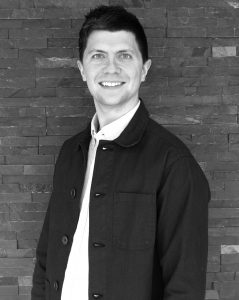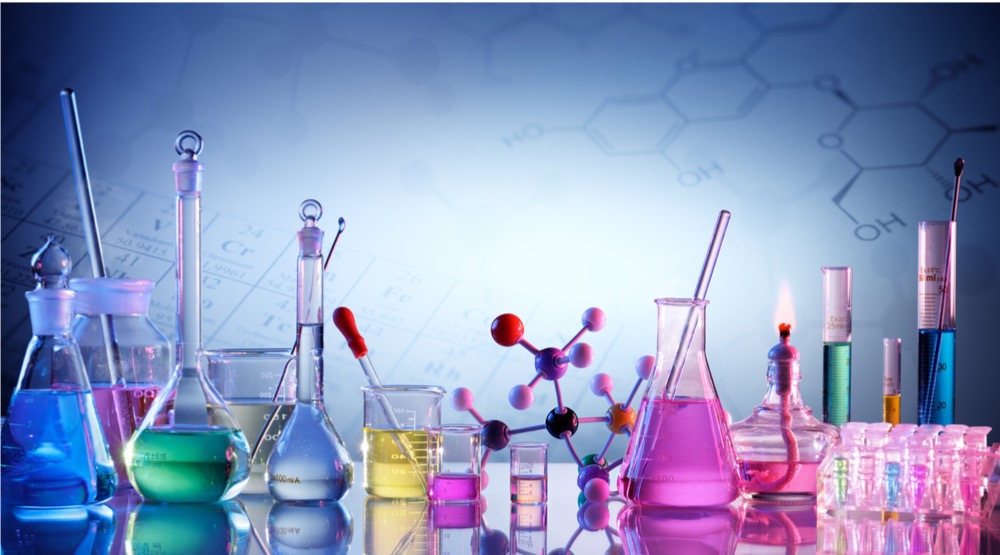There is a delicate science to getting skincare to perform. The Director of Research of Medik8, Daniel Isaacs jetted into Australia recently and revealed to Anita Quade how his chemistry degree led him to research breakthroughs in beauty.
You completed a chemistry degree at Leeds University and then went into researching skin biochemistry and creating anti-ageing skincare. Tell us about your career journey?
When I finished studying chemistry my brother Elliot founded the brand Medik8 and called me because he needed help with the brand, about eight years ago. He said, ‘if you thought your degree was hard now you are going to have to think about making a stable Vitamin C serum.’
How did you go about that?
I wasn’t an expert in the beauty industry at the time. I was a 23-year-old male student with a minimal skincare routine. Elliot is a scientist by trade and his approach really spoke to me at the time because he said he wanted a brand that was really delivering something that works and was also a scientific brand.
That would have been quite new in skincare at the time?
We were quite niche and that was our identity – to be quite science-led. Since I’ve joined I have been trying to find better ways of getting results and making the products powerful and also making sure we continue with innovation.
You mentioned it was just a small start-up team which has now grown enormously. Tell us about that.
It started off with just ten of us and now we have nearly 100 people working for the brand. Originally it was just me in the research and development department which is now half made up of biology and the other half is the formulation departments.
Medik8 started by offering Vitamin C, Vitamin A and sunscreen products – how has your offering progressed?
A lot of our innovation is still in those categories – we have an extensive range. Sunscreen is massive business, I don’t need to tell Australians that. What we have tried to achieve as a brand is nailing down the CSA strategy – as a brand we are trying to find the best versions of this.

The skincare industry is constantly evolving. Is that part of the appeal?
It really is, you can see CSA as a story of the past and now there is so much innovation to explore and that is what we are in the business of doing.”
How long does it take you once you come up with a skincare idea before it reaches the shelf?
There are a lot of variables – some of our newer vitamin A derivates took a long time for us to research, but we are also very quick and sometimes we can get a product out in nine months. Our offices are outside of London and we are set up as a lab, so everything is under the one roof which makes it easy to develop products. As a brand we have education, sales and marketing and research and development in the one space so we can be very responsive.
Your packaging has a really simple aesthetic…
Our packaging is really minimal. While there is so much that goes into these products they are simple to add into your routine and the packaging reflects this.
Tell us about the skincare trends you foresee.
We are continuing on with the CSA and also sunscreen launches. We are looking at how to make sunscreen more appealing for everyday usage and teach clients how to use the right amount. We are also looking at peptides because while it’s not a new field – it is on our radar. We are also exploring more in the professional world and that will be a big focus for us as we have spent a lot of time working on our chemical peels. While we have been doing a lot in the retail space with homecare for the past two years, we are looking at changing our whole range and also enhancing the experience for clients and therapists and also bringing our professional offering up to date and making it appealing for all demographics.
When it comes to formulations how do you start the process?
The first thing we do is look at the independent data to see that we can trust what we are seeing here – that is the base from which we build upon. Usually the challenge is the more effective the active that you are dealing with, the harder it is to formulate with. The higher the strength, the more risk that it is going to degrade while it’s in a bottle.
What is the biggest challenge?
It is the stability of the active ingredients and we look at that from the very start. It is a critical factor because it is the difference between buying something that will change your skin and buying something that will make no difference.
How do you monitor this process?
The amount that you see on the bottle is not what is in the bottle. I have seen first-hand in our internal trials and also looking around the market that even with a stable version things degrade rapidly and that is invisible. You can look at two formulas and one has gone completely off. A lot of the degradation happens without being visible the only way you can put a potent stable formula on the market is if you are doing an analytical research from the moment you have made it – right to the end of its shelf life – to check that the amount you put in is the same as at the end.
How many products do you look at launching each year?
In the professional range we have either upgraded or launched 39 products this year and we did a similar level of product development last year when we refreshed the brand.
How do you stand out from other brands?
As a brand we are very scientifically driven and we show that to everyday users, that if you really want to change your skin you need to work with a brand like this. With our new professional range, sustainability has been the biggest part of the range and all of our plastics are 100 percent recyclable.
What’s on the drawing board for you in 2020?
We have a brand-new peels range coming out in a couple of months because we think peels are a really useful intervention – our peels have been designed to have very low downtime and higher concentrations but we have used a slow release technology so that the acids are delivered slower during the ten-minute peel. We want to remove the fear factor for people.
For more news and updates, subscribe to our weekly newsletter.

